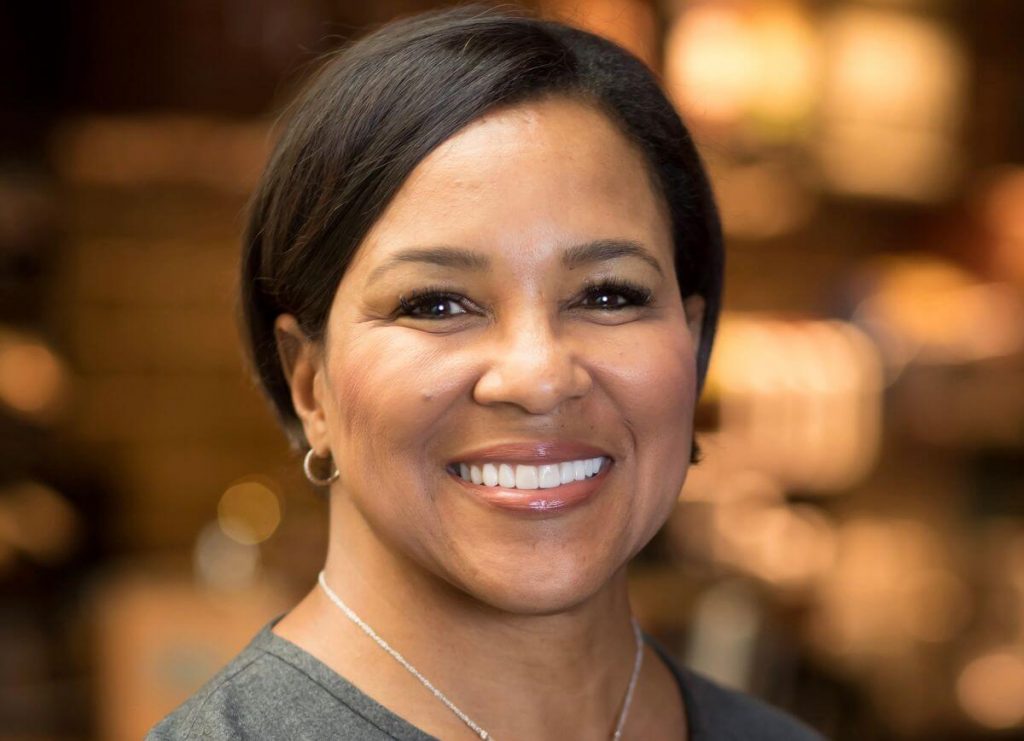
This year’s Fortune 500 list has a record number of female executives leading top companies – but they still make up only about 9% of the list’s businesses.
This marks the fourth consecutive year of growth for women on the annual list, although it’s more of a slow trickle than a steady stream. Forty-four of the nation’s 500 largest companies by revenue are women-led, up from 41 in 2021 — a gain that some experts find underwhelming.
“We’ve made steady progress, but it’s nowhere near the speed we’d like it to be,” Lorraine Hariton, CEO of the gender equality nonprofit Catalyst, told Fortune.
Still, the numbers have come a long way since 1998, when Fortune began collecting this data and only two women graced the list.
Most of the women who made last year’s list held their ground this year, including Walgreens Boots Alliance CEO Roz Brewer and the financial services company TIAA’s CEO Thasunda Brown Duckett. Both leaders broke a record in 2021 when they became the second and third Black women to be featured on the list.
CVS CEO Karen Lynch, who last year became the highest-ranking female executive in the list’s history, also made the cut again.
New names include Lincoln National CEO Ellen Cooper and Sarah Nash, the interim CEO for Bath and Body Works.
There were no record-breakers this year, but progress continues to be made – just very slowly. This coupled with the low CEO turnover rate, Fortune reports, indicates that there is something to be said about the “staying power” of female executives in big business.


